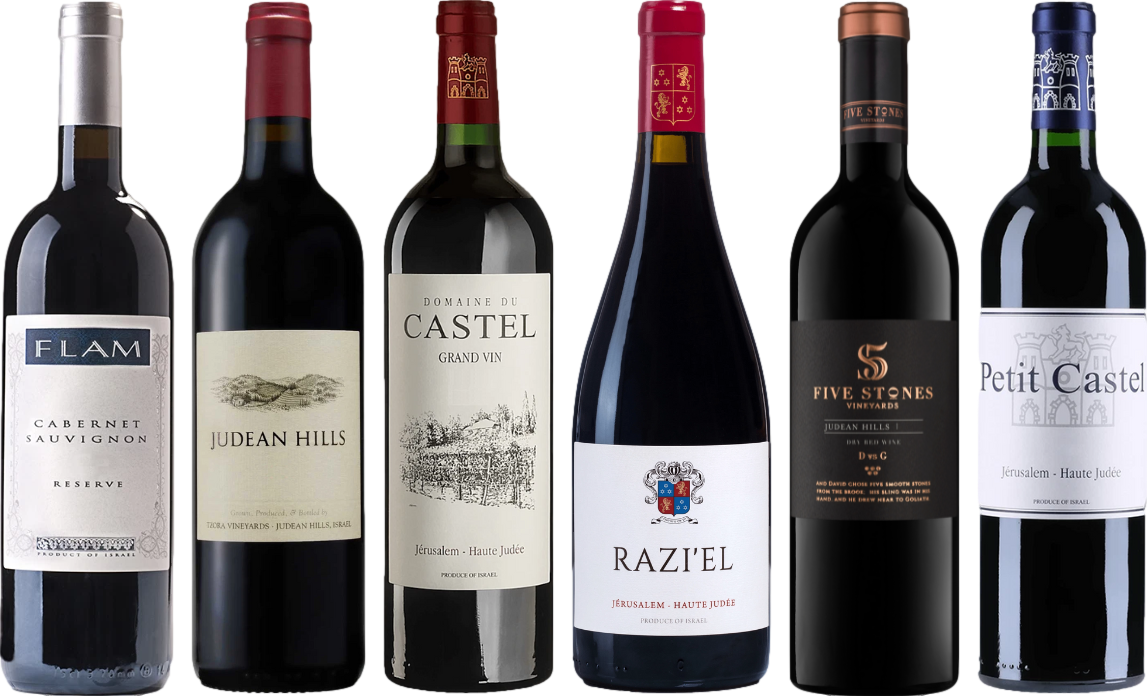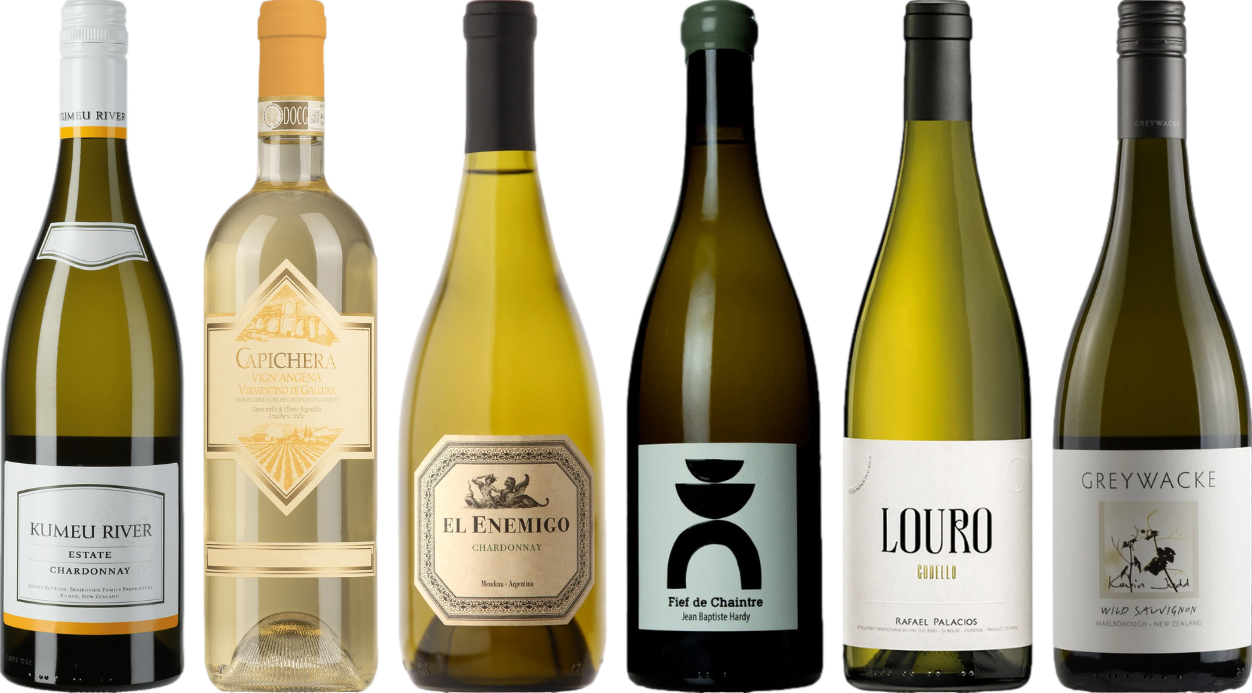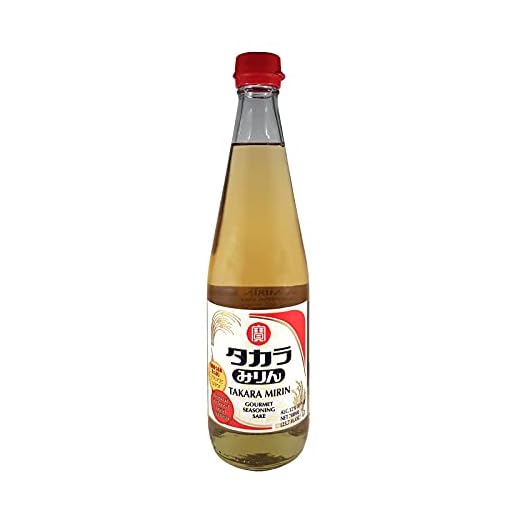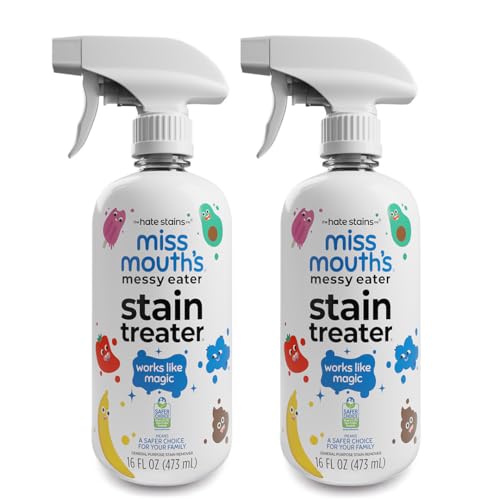



If you’re searching for that specific ingredient to enhance your culinary creations, head to the aisle featuring condiments and sauces. Look for a section dedicated to cooking essentials, where you’ll often find bottles labeled as “cooking ingredient” or “culinary liquid.” These selections typically include various types of fortified beverages designed for cooking.
Check the shelves near pasta sauces, marinades, and stock. You may also find these products located alongside vinegars and oils, as they share similar culinary applications. The selection can vary by location, so if you don’t see it immediately, don’t hesitate to ask a staff member for assistance.
In many supermarkets, these culinary liquids are arranged by flavor profiles, such as sweet or dry. Familiarize yourself with the labels, as some may indicate specific uses in recipes. For example, you might encounter options specifically intended for braising or deglazing, which can elevate the flavors of your dishes.
As you explore this section, consider the different varieties available. Some are infused with herbs or spices, offering an added layer of complexity to your meals. Remember, the right selection can make a significant difference in your cooking, so take your time to choose wisely.
Locating the Cooking Liquid in Retail Outlets
Head directly to the aisle dedicated to condiments and sauces. This section typically features a range of culinary enhancements, including marinades, dressings, and the specific ingredient you’re seeking.
Check the following areas for the cooking liquid:
- Condiments aisle: Look for shelves that house vinegar, oils, and specialty sauces.
- International foods section: Some establishments place these products alongside Asian or Mediterranean ingredients.
- Wine and spirits area: Occasionally, you might find cooking varieties near the non-alcoholic section.
If you’re unsure, don’t hesitate to ask a staff member for assistance; they can quickly direct you to the right spot.
Additionally, consider checking online store inventories, as some retailers provide specific aisle information for their products.
Identifying the Aisle for Cooking Wine
To locate the section for culinary beverages, head directly to the aisle featuring condiments and marinades. This area typically holds a variety of cooking essentials, including vinegars and sauces. Often, the designated space for these products will be near items like oils and spices.
If you are having difficulty finding it, consider looking near the pasta or international foods section. Some retailers may position these beverages alongside Italian ingredients, emphasizing their use in sauces and marinades. Alternatively, check the wine aisle, as a few supermarkets place culinary options alongside regular beverages.
When in doubt, do not hesitate to ask a store employee. They can quickly guide you to the correct location, saving you time and effort during your shopping trip. Knowing these tips will streamline your search for the right products to elevate your culinary creations.
Brands of Cooking Wine Available in Stores
When searching for culinary selections, several reputable brands stand out for their quality and flavor profiles. Here are some that you can easily find in local outlets:
| Brand | Type | Flavor Notes |
|---|---|---|
| Colavita | White | Crisp and slightly fruity, ideal for light sauces. |
| Lea & Perrins | Red | Robust with a hint of spice, perfect for marinades and stews. |
| Gallo | Cooking Sherry | Nutty and rich, enhances flavors in various dishes. |
| Pompeian | Red | Full-bodied, great for braising meats. |
| Ravenswood | White | Bright acidity, works well with seafood. |
Each of these brands offers unique characteristics that can elevate your culinary creations. For those interested in pairing meals with suitable options, I also recommend exploring the best dog food for diabetic senior dogs for a balanced diet that complements your cooking endeavors.
Choosing Between Red and White Cooking Wine
For savory dishes, opt for red options like Chianti or Merlot, which enhance the flavor of meat-based recipes. The bold profiles of these varieties complement sauces and stews beautifully.
When preparing lighter fare, such as poultry or seafood, white selections such as Sauvignon Blanc or Chardonnay work best. Their crispness and acidity can elevate the dish without overpowering it.
Consider the overall flavor profile of your dish. If you’re making a tomato-based sauce, a red variant will usually harmonize better. Conversely, creamy sauces often pair with white selections to maintain balance.
Read labels carefully. Many varieties labeled “cooking” often contain added salt and preservatives, which can affect the final taste. Choosing a bottle that you would enjoy drinking can significantly elevate the quality of your meals.
In terms of value, select affordable options; you don’t need to splurge for everyday cooking. Look for reputable brands that offer quality without breaking the bank.
Experiment with both types to discover personal preferences and how they interact with various ingredients. Don’t hesitate to try something new; the world of culinary possibilities is vast and rewarding.
Alternative Locations for Cooking Wine in Specialty Stores
For those seeking a specific type of culinary enhancer, specialty markets often feature an array of options. Check the international aisle, where you might find unique varieties from different cuisines. Asian markets, for instance, typically offer rice wines, such as sake or mirin, which can elevate your dishes.
Farmers’ Markets and Local Producers
Farmers’ markets can be a treasure trove for homemade or locally produced options. Seek out stalls that specialize in artisanal goods; you may encounter small-batch fruit or herb-infused liquids ideal for cooking. Engaging with local vendors can also provide insights into how to best use their products.
Liquor and Beverage Shops
Dedicated liquor outlets may house selections tailored for culinary use. Look for fortified wines or flavored varieties that can enhance flavor profiles in savory dishes. Staff at these shops often possess knowledge about which selections pair best with specific recipes.
Understanding Labels: Cooking Wine vs. Regular Wine
When selecting a bottle for culinary use, pay close attention to the label. Typically, the term “cooking wine” indicates a product with added salt and preservatives, which makes it unsuitable for drinking. This category is designed specifically for culinary applications, while regular bottles are intended for consumption and often lack these additives.
Key Differences
Regular bottles, such as varietals or blends, feature specific grape types and regions, providing a broader spectrum of flavors and aromas. In contrast, culinary varieties are often generic, lacking detailed descriptions of grape origin or specific taste profiles. This distinction is vital when considering flavor compatibility with your dishes.
Usage Recommendations
For recipes requiring a specific flavor profile, opt for regular varieties, as their taste will enhance the overall dish. If you’re aiming for a more budget-friendly option without compromising on quality, many affordable labels exist that serve both purposes: drinking and cooking. Always taste before using any bottle in your dishes to ensure it complements the ingredients effectively.
FAQ:
Where can I find cooking wine in a grocery store?
Cooking wine is typically located in the aisle with other condiments, sauces, and marinades. Some stores may place it in the international foods section, especially if it is a specialty type of wine. If you’re having trouble finding it, don’t hesitate to ask a store employee for assistance.
Is cooking wine the same as regular wine?
No, cooking wine is not the same as regular drinking wine. Cooking wine often contains added salt and preservatives, which makes it unsuitable for drinking. It is specifically formulated for cooking purposes and is generally less expensive than regular wine. If you’re planning to use wine for culinary purposes, it’s best to choose a quality wine that is also drinkable, as it can enhance the flavor of your dishes.
Can I substitute cooking wine with another ingredient?
Yes, there are several alternatives you can use if you don’t have cooking wine on hand. For savory dishes, you can use broth (chicken, vegetable, or beef) or a mixture of vinegar and water. For recipes that require a sweeter flavor, consider using grape juice, apple cider, or even a splash of white vinegar mixed with water. The key is to adjust the amount based on the dish you are preparing to maintain a good balance of flavors.







